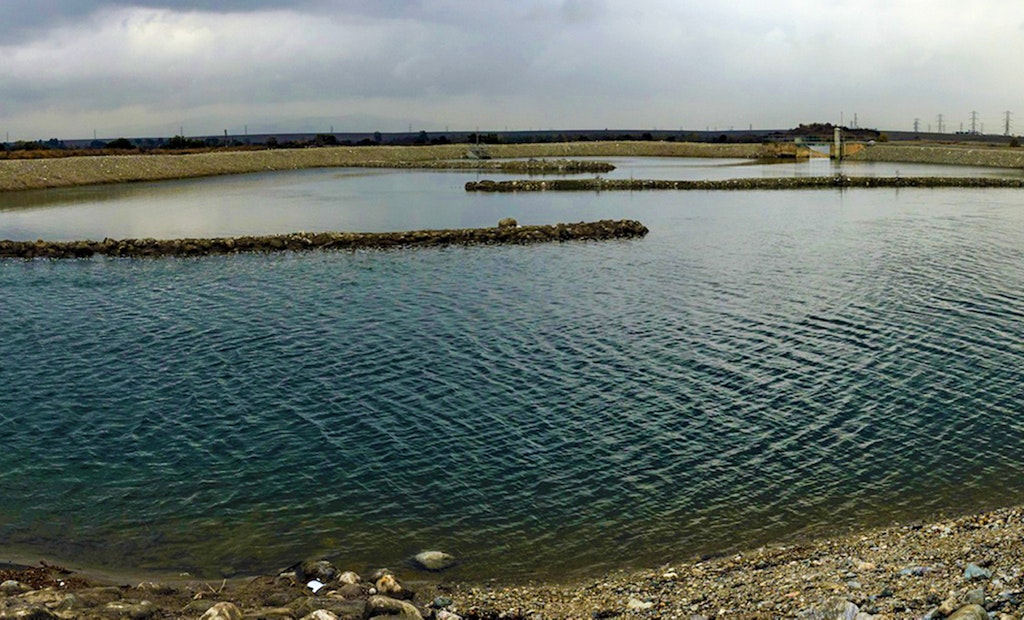
Interested in Stormwater?
Get Stormwater articles, news and videos right in your inbox! Sign up now.
Stormwater + Get AlertsDriven by years of drought and new, unprecedented restrictions on water use, Los Angeles is taking an innovative approach to reduce future reliance on imported water, in addition to taking preventive measures for a predicted weather trend of heavier, more intense precipitation.
At a public hearing June 25, the Los Angeles Department of Water and Power presented its Stormwater Capture Master Plan, which includes multiple projects to be implemented throughout the city.
Instead of allowing up to 10 billion gallons of water from a single storm from simply surging into the Pacific Ocean, the plan includes three large-scale projects in the San Fernando Valley that would capture the valuable resource in basins or washes and be filtered through an aquifer recharge process.
Centralized Stormwater Capture Facilities are designed specifically to divert large amounts of runoff into underlying groundwater aquifers. LADWP has entered into several cooperative agreements with the Los Angeles County Flood Control District to assist with spreading ground facilities that recharge groundwater for the City of Los Angeles’ future use.
Improved storage and intake capacities at the Hansen, Tujunga, Pacoima, and Lopez Spreading Grounds will facilitate increased recharge into the San Fernando Groundwater Basin. Projects at the Big Tujunga Dam and Pacoima Dam will increase the storage capacity upstream of the spreading facilities, allowing for controlled flow releases and maximizing the amount of water diverted to spreading facilities.
Another facet of the stormwater plan involves water-permeable surfaces, which would be scattered throughout the city on public, private and commercial properties to help “recharge the San Fernando Valley groundwater basin,” the Los Angeles Times reports.
Homeowners, businesses and schools are also called to support the stormwater capture cause. Incentives will be put in place to encourage installation of large cisterns and swales to help clean stormwater runoff and direct it to capture basins.
According to the newspaper, an average of 27,000 acre-feet of rainwater is collected in Los Angeles each year. Under the new plan, the city could collect 100,000 to 200,000 additional acre-feet of rainwater each year by 2035, officials say. The LADWP reports that the plan would cost $600 to $1,100 per acre-foot of additional stormwater captured.
Source: Los Angeles Times, LADWP





